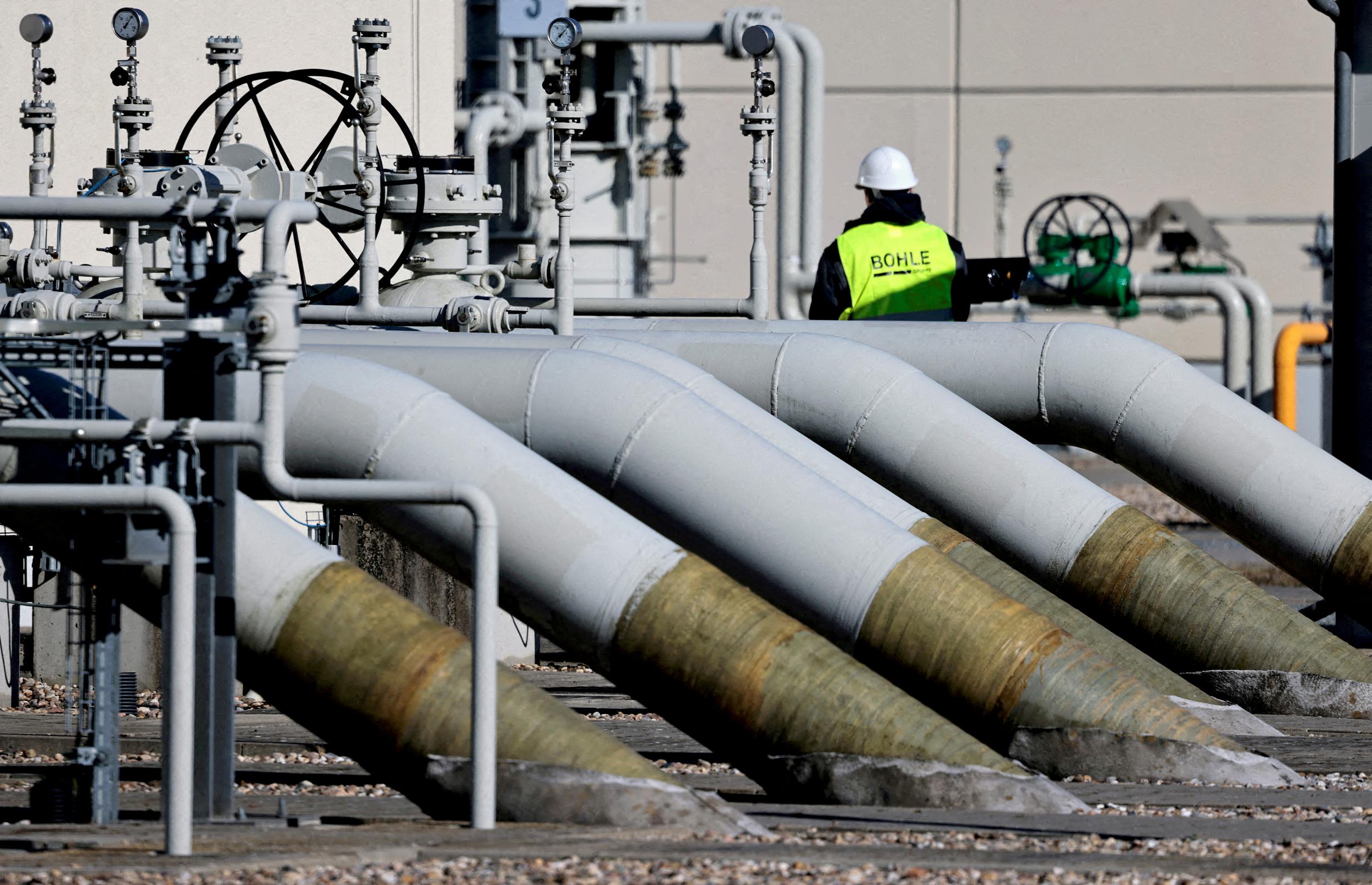Paging @The Accountant or other experts : Do you think the below can be considered "making a profit" when it is due to a one-time "accounting credit"?
"Here are the key numbers from Polestar’s third-quarter earnings report, its first as a public company following its merger with a special-purpose acquisition company in June.
- Revenue: $435.4 million, versus $212.9 million in the third quarter of 2021
- Operating loss: $196.4 million, down from $292.9 million a year ago
Despite the operating loss, Polestar was able to report a net profit of $299.4 million, or 14 cents per share, thanks to an accounting credit related to the revaluation of future share payouts. (Because Polestar’s share price has fallen since it went public, it will have to pay out less than it had previously expected, hence the credit.)"
I'd like Polestar to succeed, but it is important for folks to realize how close/far away profitability is for all other BEV makers...
Polestar is on-track for 50k cars in 2022, hopefully with more scale next year they can reach better numbers.
Not an actual profit. This is where GAAP can go wrong. This calculation will go up and down depending on share price and has no relation to cash flows either in or out. No relationship to the actual business or even cash balance.
If they went public via a traditional IPO this line item wouldn’t even exist.






